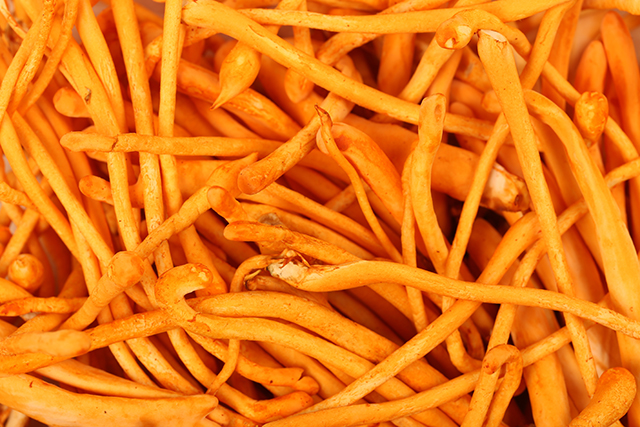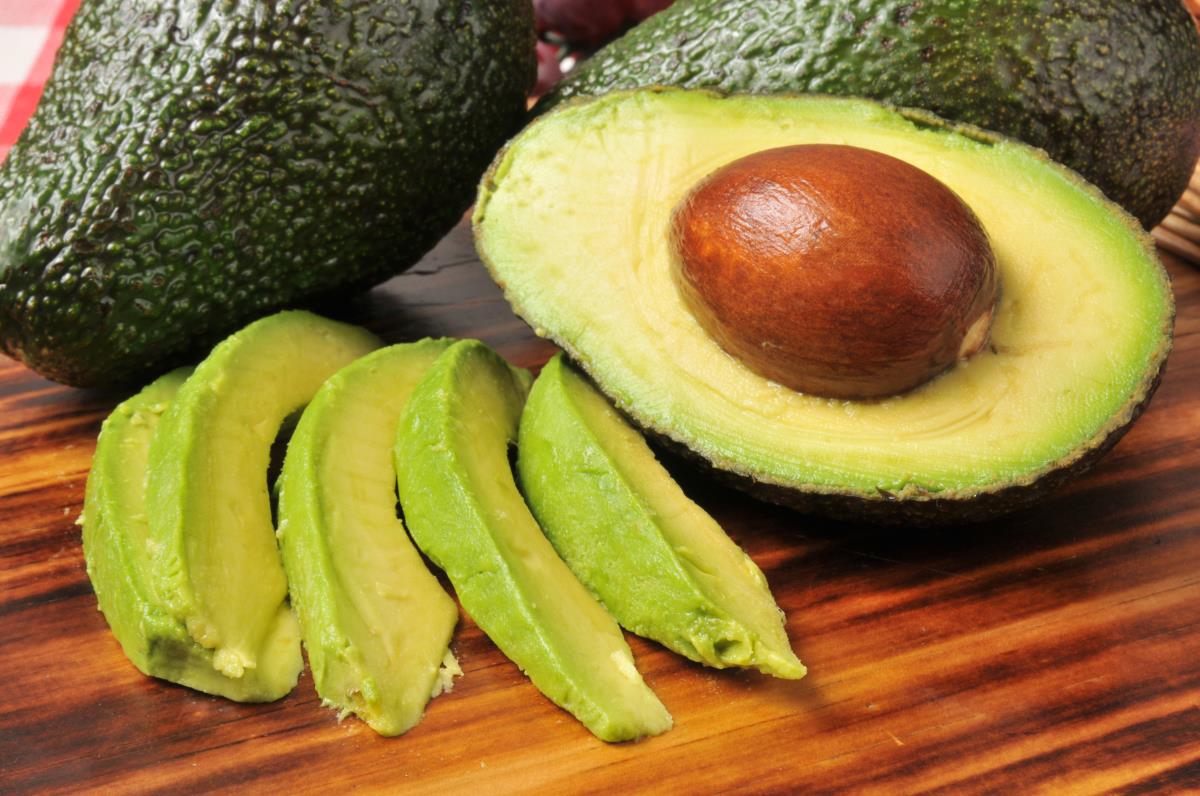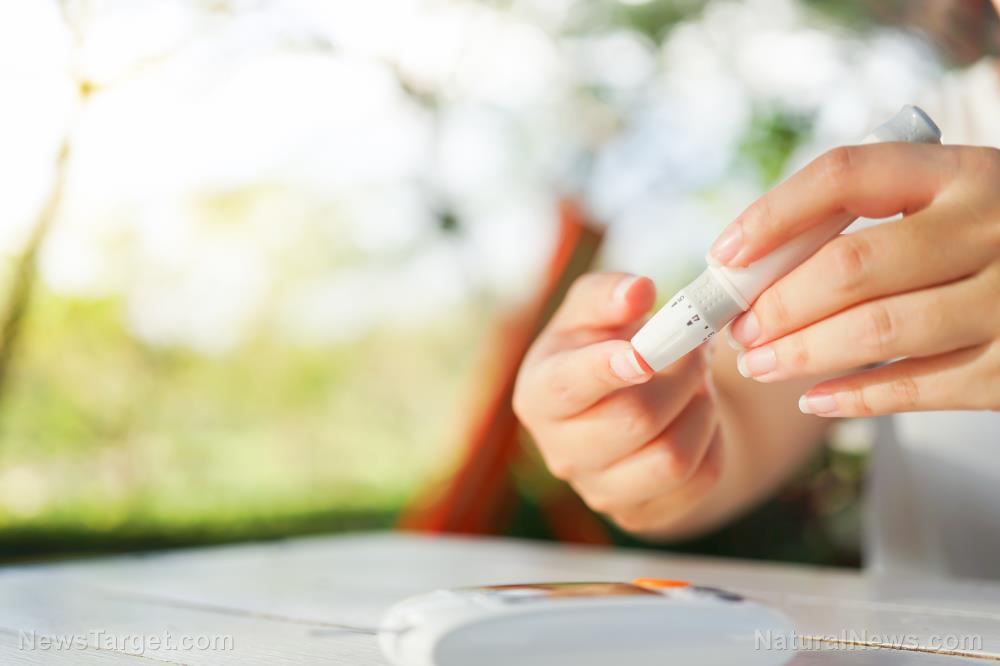Diabetics, take note: This herbal medicine dramatically improves your blood sugar levels
12/06/2018 / By Ellaine Castillo

With five percent of the population worldwide having diabetes mellitus, the disease continues to be a considerable cause of concern. Countless studies have been aimed at finding natural sources for potent antidiabetic agents. One of the plants that researchers from Annamalai University have discovered to have antidiabetic potential is the loop-rot mangrove (Rhizophora mucronata Poir).
Diabetes mellitus patients can have either Type 1 or Type 2 diabetes. Type 1 is characterized by reduced production of insulin due to damaged pancreatic cells. Meanwhile, Type 2 is caused by increased resistance to insulin function. Although there are many medications for diabetes, many of these exhibit adverse side effects, which is why naturally occurring antidiabetic agents are preferred.
The loop-rot mangrove is a commonly used ethnomedicinal plant in India. Previous studies have shown that this plant exhibits hypoglycemic, antioxidant, anti-cancer, anti-nociceptive, antiplasmodial, and anti-HIV properties. These properties can be attributed to the presence of various phytochemicals, such as alkaloids, flavonoids, and terpenoids.
In this study, which was published in Herbal Medicine: Open Access, the researchers analyzed the phytochemical content of extracts from loop-rot mangrove leaves. It was observed that the extracts contain phenolics, saponin terpenoids, and flavonoids, just as previous studies have said.
The researchers conducted in vivo analysis of the effects of loop-rot mangrove extracts on male albino Wistar rats induced with Type 1 and Type 2 diabetes. They initially determined if the extracts exhibit toxicity against the rats. Fortunately, results showed that the extracts were safe and do not pose harmful side effects up to a concentration of 2000mg/kg. The extent of the antidiabetic effect of the extracts was determined based on the serum’s sugar, total cholesterol, triglyceride, and lipoprotein cholesterol levels. It was observed that blood sugar levels of diabetic rats treated with the extracts were maximally reduced by 20 percent after two hours. Additionally, the extracts did not reduce glucose levels in a dose-dependent manner. The researchers also observed a significant reduction in the animals’ level of the bad cholesterol or low-density lipoprotein.
Overall, the results of the study show that leaf extracts from loop-rot mangrove can be used for treating diabetes since it possesses antihyperlipidemic and hypoglycemic activities. These activities are brought about by the presence of phytochemicals, which can be further characterized in future studies. From these results, it can be determined that loop-rot mangrove extracts can serve as safe and effective alternatives for existing diabetes medications that have harmful side effects. (Related: Pfizer lawsuits mount due to Lipitor side effects.)
Herbs with antidiabetic properties
Aside from loop-rot mangrove, the following herbs also have potential uses in diabetes treatment:
- Turmeric – Turmeric is an all-around herb that can be used for many things. One of its potential uses is for regulating blood sugar levels. A compound found in turmeric, called curcumin, is said to be responsible for this activity.
- Cinnamon – Type 2 diabetes patients can experience significant improvements in their glucose, cholesterol, and triglyceride levels if they eat half a teaspoon of cinnamon per day.
- Aloe vera – Although it’s more commonly used for its wound healing ability, aloe vera can also be used for reducing blood sugar levels in patients with Type 2 diabetes.
- Ginseng – For thousands of years, ginseng has been traditionally used for the treatment of many diseases, including diabetes. Eating ginseng normalizes blood sugar levels while increasing insulin sensitivity.
Learn more about the potential use of the loop-rot mangrove in treating diabetes by visiting DiabetesCure.news today.
Sources include:
Submit a correction >>
Tagged Under:
alkaloids, anti-hyperglycemic, anti-hyperlipidemic, antidiabetes, antidiabetic potential, blood sugar, blood sugar level, cholesterol, diabetes, diabetes mellitus, Diabetes treatment, flavonoids, lipoprotein cholesterol, loop-rot mangrove, Rhizophora mucronata, terpenoids, triglyceride, type 1 diabetes, Type 2 Diabetes
This article may contain statements that reflect the opinion of the author
RECENT NEWS & ARTICLES
COPYRIGHT © 2017 DIABETES SCIENCE NEWS





















